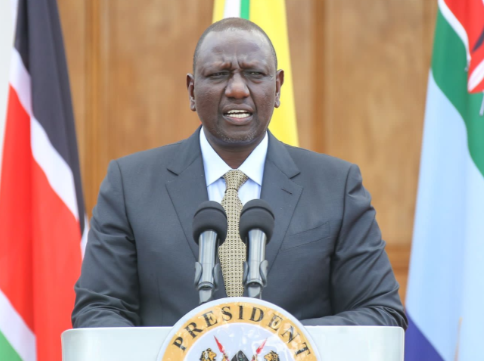President William Ruto spoke with IMF Chief Kristalina Georgieva days after he withdrew the Finance Bill 2024, as reported by Reuters. The withdrawal followed widespread protests by Kenyan youths.
According to two anonymous diplomatic sources, the finance bill, which included tax increases, was a key component of policy reforms under Kenya’s $3.6 billion IMF lending program. Details of Ruto and Georgieva’s phone conversation were not disclosed by the sources.
However, they noted consensus among major donors that the IMF should demonstrate flexibility on program targets in light of the bill’s withdrawal. One diplomat emphasized the importance of the government’s commitment to reducing wasteful spending, combating corruption, and enhancing accountability in exchange for this flexibility.
“We remain deeply concerned by the recent tragic events in Kenya and maintain close ongoing and constructive dialogue with the Kenyan authorities,” an IMF spokesperson said when asked about the call.
The IMF and Kenya reached a staff-level agreement in early June on a policy package crucial for completing the seventh review of Kenya’s lending program, which could unlock disbursements of several hundred million dollars.
However, final approval from the IMF’s Executive Board is still pending. Amid ongoing anti-government protests and an upcoming IMF review, there are expectations of continued downward pressure on the Kenyan shilling in July. Analysts, including those from pan-African market insights firm Stears, noted a 0.29% depreciation of the currency following protests from June 18 to 27.
The demonstrations have significantly disrupted economic activities in Nairobi and other major towns, potentially reducing capital inflows and limiting foreign exchange reserves available to support the shilling in the short term.
Additionally, the shilling’s performance will be influenced by the strength of the US dollar, expected to remain robust as the US Federal Reserve maintains a cautious stance on interest rate adjustments.
“However, the shilling’s movements in July will ultimately depend on market sentiment regarding political developments, exchange rate expectations, and investor confidence. Stears forecasts the shilling to close Q3 2024 at Sh129.42 against the dollar,” Stears said in its monthly update.



